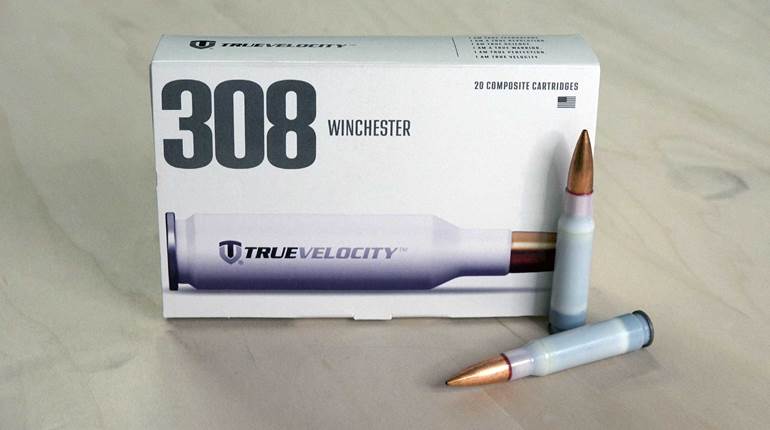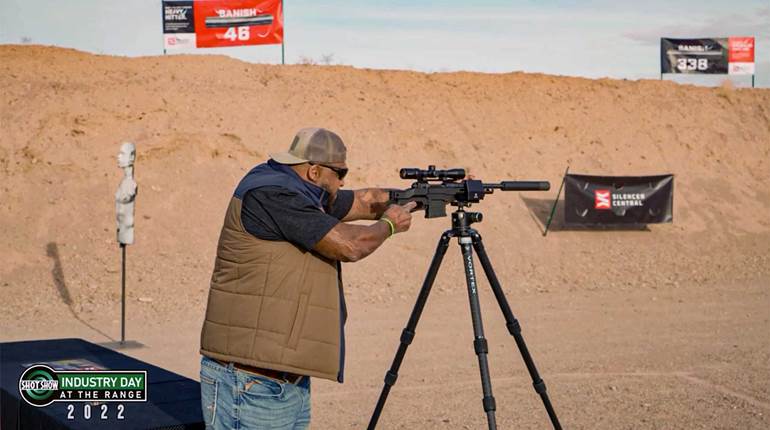
Sometimes you are the go-to guy or girl. You are the one in your peer group or social network that appears to know the most about firearms. This is a more weighty responsibility than one might think. In our office, I imagine more so than some places of employment, we talk about guns … a lot. Were we to have an actual water cooler (denied yet again inthe fiscal 2012 budget), it would no doubt compare to the Fountain of Knowledge (or in Col. Potter’s parlance, perhaps, a “Fountain of Horse Hockey”) for most things regarding firearms. But we assume certain knowledge, a certain level of experience and a certain physiognomy that affect how we discuss firearms.
I am often asked advice outside the office, and I have been confronted with questions about firearms from less-experienced new shooters and women more and more in recent months. Those questions and some recent range time have given me some new insight on the advice I give. And no, the answer is not always a 5-inch M1911 in .45 ACP. Again, if the gunwriter union wants my card, they can come and take it.
If you are going to give advice, you need to ask the right questions. One high school classmate asked me about a defensive handgun for his mom. What will it be used for, home or carry? How much experience does she have with firearms? Is she comfortable with firearms? How recoil sensitive is she? Has she had any formal training? Does she have time to take the NRA Basic Pistol course (because she should)? Is she willing to start with a .22 and work her way up? How is her hand strength? Does she have big hands or small?
Range experience with a colleague recently made me rethink my own notions about firearm recommendations for routine concealed carry. My preference for day-in, day-out carry is a Smith & Wesson Military & Police Model 340 PD in .357 Mag. How I came to that decision is the subject for a different blog. But I also have a Diamondback DB380 I carry at times, and I have been evaluating the Colt Mustang Pocketlite for the June issue of American Rifleman.
My coworker is interested in a new carry gun, so I offered up my Diamondback DB380, S&W 340 and the Colt Mustang during a range session that taught me some lessons.
The strength and firmness of grip are very important considerations in the subcompact class of .380s and 9 mms available today, which can often only be discerned when actually on the range. My Diamondback, which fits unobtrusively in a pocket holster and works every time for me (with the right profile bullet) failed frequently to return to battery for the other shooter. Her grip was firm for her, and this is reflection neither on her physiognomy nor on the gun’s reliability. With her grip, with that gun on that day, it was a combination that did not work out. Good to know before the stakes are higher. While her hands are smallish, there was not quite enough gun for her to hold onto. Bottom line, she was not comfortable with it.
The Smith 340, which after much study is the ideal personal security solution for me, has a long, heavy double-action-only pull, of about 12 pounds. It was difficult to master for my coworker, who is no weakling and no stranger to shooting. With practice, she could improve no doubt, and the simplicity of a double-action-only revolver is appealing. The smoother pull of the Ruger LCR might be a better choice, but we need to get one in her hands. Or perhaps a Smith Model 649 in which the shrouded hammer may be drawn back to single-action if time allows. Or, horrors, maybe an external hammer revolver may be a better gun for this person.
The PocketLite—which has a 2 3/4-inch barrel and is a single-action .380 ACP—went bang every time, was easy for her to retract the slide, easy for her to control under recoil and she could reach all the controls. It is the current frontrunner. More range time will make the final determination.
Some folks have difficulty retracting the slide of a semi-automatic pistol. If a person has trouble retracting the slide at the range, even after having them employ the slingshot technique—pushing forward on the frame with the strong hand and pulling rearward on the slide with the weak hand—it is inadvisable to have him or her choose such a gun for personal protection. If a person cannot "run" the gun's controls at the range, it is folly to think he or she will be able to perform the same motions under stress. The same goes for trigger pull weight and reaching the safety or slide lock.
While weight and size are important considerations, when making a recommendation it is best to have hands-on time at the range. For two of my friends, I will be upping the size of the guns for our range time next week. Lightweight little guns are all the rage, but if they cannot operate or shoot them effectively, perhaps moving up size to compact as opposed to subcompact may be the answer.
What works just fine for you may not work for those who seek your advice. Be prepared to not have an easy answer. Selecting a handgun is an important decision, one that requires good questions, good advice and an open mind.





































